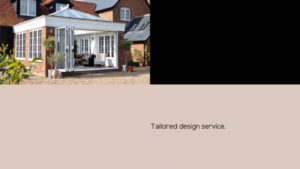 Making use of graphics to present the information and interesting transition and slides.
Making use of graphics to present the information and interesting transition and slides.
Benefit: Since most learners are required to take this course each year, why not make it interesting. The graphics and animation really help to do this and keep them interested from beginning to end.
Click Image to Launch Demo